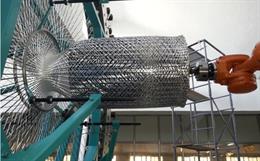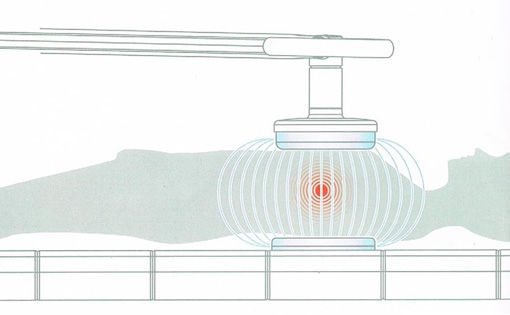NATURAL fibres such ashemp can replace costly aramid fibres in brake pads, with no loss of performanceand less impact on the environment, according to re - search by the SustainableTechnologies Initiative (STI). Brake pads are one of the key components in therace to develop greener transport, with 80m sets used in the UK alone every year. Since the use of asbestos was phased out in the 1980s, most have beenformulated using aramid fibres. They also incorporate significant amounts ofheavy metal compounds. Around 20,000 tonnes of dust containing these materialsare discharged into the environment as the pads wear. New research intoeco-friendly brake pads, backed by the STI, has shown how a switch to natural fibres,such as hemp, could offer a more sustainable solution. In the Ecopad project,re - search ers demonstrated how renewable fibres can reduce reliance onsynthetic materials and allow heavy metal constituents to be replaced withsafer alternatives. The outcome is expected to provide up-to-date solutions to the global transportindustry and its friction material supply base. Our STI research promises thecreation of an important future application and new market for natural fibrecrops, said project leader Dr Luke Savage of the University of Exeter. Ecopad combines greener transport with greatly reduced costs for friction productmanufacturers. With no loss of braking performance, the attractions are obviousand there has already been a great deal of interest from manufacturers and thepublic.
Following positivetest results, Commercial development is going ahead, initially for the railway industry.The main end-user, European Friction Industries (EFI), is particularly interestedin exploiting the use of hemp in train brakes. Customers in Norway and other parts of Europe want to remove the use of sintered metal brakes that result inheavy metals getting into the environment. Interest is also expected fromoperators of underground and metro lines because of health concerns overairborne brake dust in enclosed spaces.
The Ecopad researchbrought together the team from the University of Exeters Advanced TechnologiesDepartment (X-AT) and a consortium of industrial partners representing brakepad manufacturers, suppliers and end-users. It was supported by the UKs Department of Trade & Industry (now the Department for Business, Enterprise and Regulatory Reform)through the STI programme. The researchers demonstrated how hemp fibre can betechnically enhanced and processed to replace a significant proportion ofsynthetic fibres and resins.
Experiments showed thenew blends offered the same frictional performance as pads made using purearamid fibre. Further, the natural materials can cut production costs bysignificant margin. Aramid fibre costs 20-30 times more than hemp fibre and itstands out as by far the most expensive ingredient that goes to make up a brakepad, explained Savage. It can also be hard to get hold of in the quantitiesrequired by the friction industry. When you are talking about a train brakeblock, which is very much larger than a car brake pad, then the figures reallystart to add up. The winning formulation contains hemp fibre processed to enhanceits performance combined with a new environmentally friendly lubricant, Enviro-Lube,produced by PBW Metal products.
The new material,which avoids the use of heavy metals, was also developed with STI support inthe Tibrake project. Based on a tin compound, it offers an alternative to leadand antimony friction modifiers, which are associated with health concerns. Resultsclearly indicate that disc pads for the VW Golf made using the Ecopadformulation readily achieved the required level of performance. The researchersfound they could easily match the results of the benchmark formula containingaramid fibre and antimony trisulphide. The first disc pads for cars havealready been on show to the public at the 2007 Sexy Green Car Show at the UKs Eden Project. The technology offers a solution that could be available off the shelf,should future legislation affect the use of heavy metals, such as antimony andlead, or raise concerns over dust from aramid fibres. There is undoubtedly aviable market for cars as well, said Savage. All our testing was directed atcar braking systems from the outset, where the experimental materials developedgave com parable frictional performance. Manufacturers want to be in aposition where they have got a sustainable product they can immediately use toreplace conventional materials if necessary.
References:
www.sustainabletechnologies.ac.uk
www.exeter.ac.uk
www.efiltd.co.uk
www.pbwmetal.com
www2.warwick.ac.uk
About the Source:
The article is reprinted with prior permission from the November 2007 edition of MobileTex, published by Textile Media Services www.mobile-tex.com Email: info@textilemedia.com
To read more articles on Textile,Industry,TechnicalTextile, Dyes& Chemicals, Machinery,Fashion,Apparel,Technology,Retail,Leather,Footwear & Jewellery, Software and Generalplease visit http://articles.fibre2fashion.com
To promote your company, product and services via promotional article, followthis link: http://www.fibre2fashion.com/services/article-writing-service/content-promotion-services.asp








